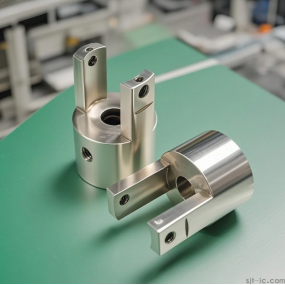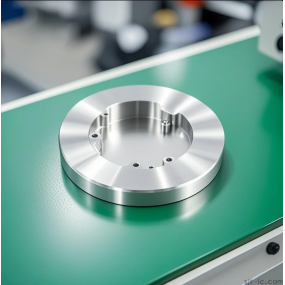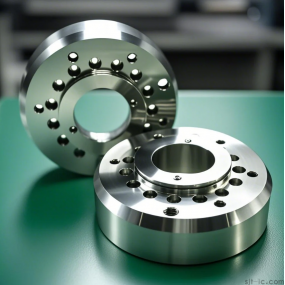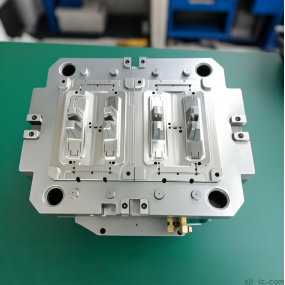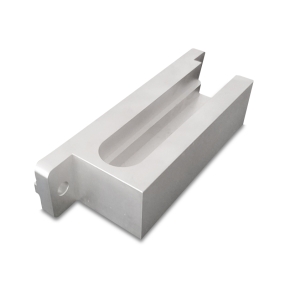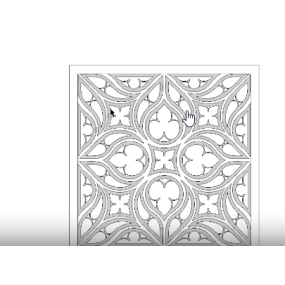1. Accuracy requirements: Dimensional accuracy: CNC parts machining can achieve high dimensional accuracy, usually with a tolerance requirement of 0.01mm or less, to ensure that the dimensions of the parts are very close to the dimensions on the design drawings. Shape accuracy: including the accuracy of shape features such as contours and surfaces of parts, ensuring consistency and accuracy of shapes. Position accuracy: refers to the relative positional accuracy between various elements on the part, such as the position of holes, slots, etc., which needs to meet the tolerance range required by the design. Surface quality requirements: Surface roughness: CNC parts processing should be able to control the surface roughness of the parts to meet specific requirements. Usually, the surface roughness can reach Ra 0.8 μ m or less, and sometimes even Ra 0.4 μ m or less, to ensure the smoothness and quality of the part surface. Texture and smoothness: The surface of the part should have no obvious defects such as scratches, burrs, oxidation, etc., and should have a uniform texture and smooth surface Geometric relationship requirements: Parallelism and perpendicularity: CNC parts processing requires ensuring the parallelism and perpendicularity of the parts, and ensuring that the relationships between the various surfaces of the parts meet the requirements. This usually requires achieving parallelism and perpendicularity requirements within 0.02mm to ensure the geometric accuracy and assembly performance of the parts. Symmetry and roundness: For parts that require symmetry and circular features, CNC Machining should ensure the accuracy and consistency of these features Material requirements: Select suitable metal materials based on the design requirements and usage environment of the parts, such as aluminum alloy, stainless steel, copper, etc. The material should have stable mechanical properties and good processing performance to ensure stability and processing quality during the processing Process requirements: Develop a reasonable machining process route, including cutting parameters, process sequence, etc., to ensure the stability and efficiency of the machining process. Choose cutting tools suitable for materials and processing techniques to ensure cutting efficiency and machining quality. Strictly monitor and control the machining process to avoid the occurrence of machining errors Quality control requirements: After processing, strict quality inspection is carried out, including size measurement, surface quality testing, etc., to ensure that the quality of the parts meets the standards. Timely handling and rework of non-conforming products to ensure consistency and stability of product quality.
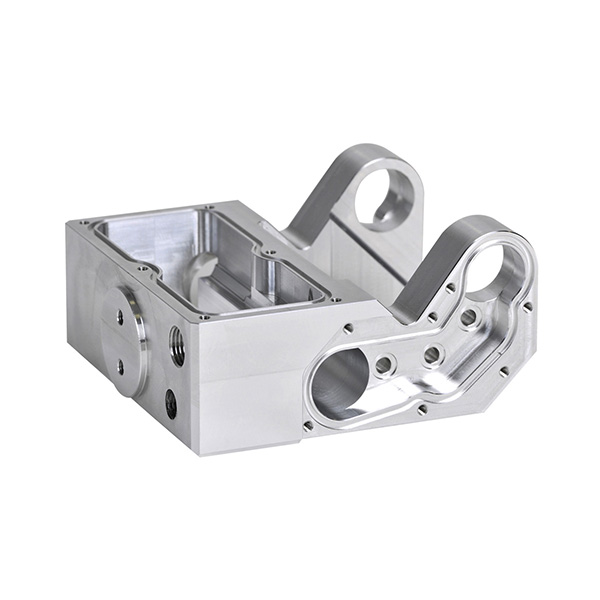


 Spanish
Spanish Arabic
Arabic French
French Portuguese
Portuguese Belarusian
Belarusian Japanese
Japanese Russian
Russian Malay
Malay Icelandic
Icelandic Bulgarian
Bulgarian Azerbaijani
Azerbaijani Estonian
Estonian Irish
Irish Polish
Polish Persian
Persian Boolean
Boolean Danish
Danish German
German Filipino
Filipino Finnish
Finnish Korean
Korean Dutch
Dutch Galician
Galician Catalan
Catalan Czech
Czech Croatian
Croatian Latin
Latin Latvian
Latvian Romanian
Romanian Maltese
Maltese Macedonian
Macedonian Norwegian
Norwegian Swedish
Swedish Serbian
Serbian Slovak
Slovak Slovenian
Slovenian Swahili
Swahili Thai
Thai Turkish
Turkish Welsh
Welsh Urdu
Urdu Ukrainian
Ukrainian Greek
Greek Hungarian
Hungarian Italian
Italian Yiddish
Yiddish Indonesian
Indonesian Vietnamese
Vietnamese Haitian Creole
Haitian Creole Spanish Basque
Spanish Basque

